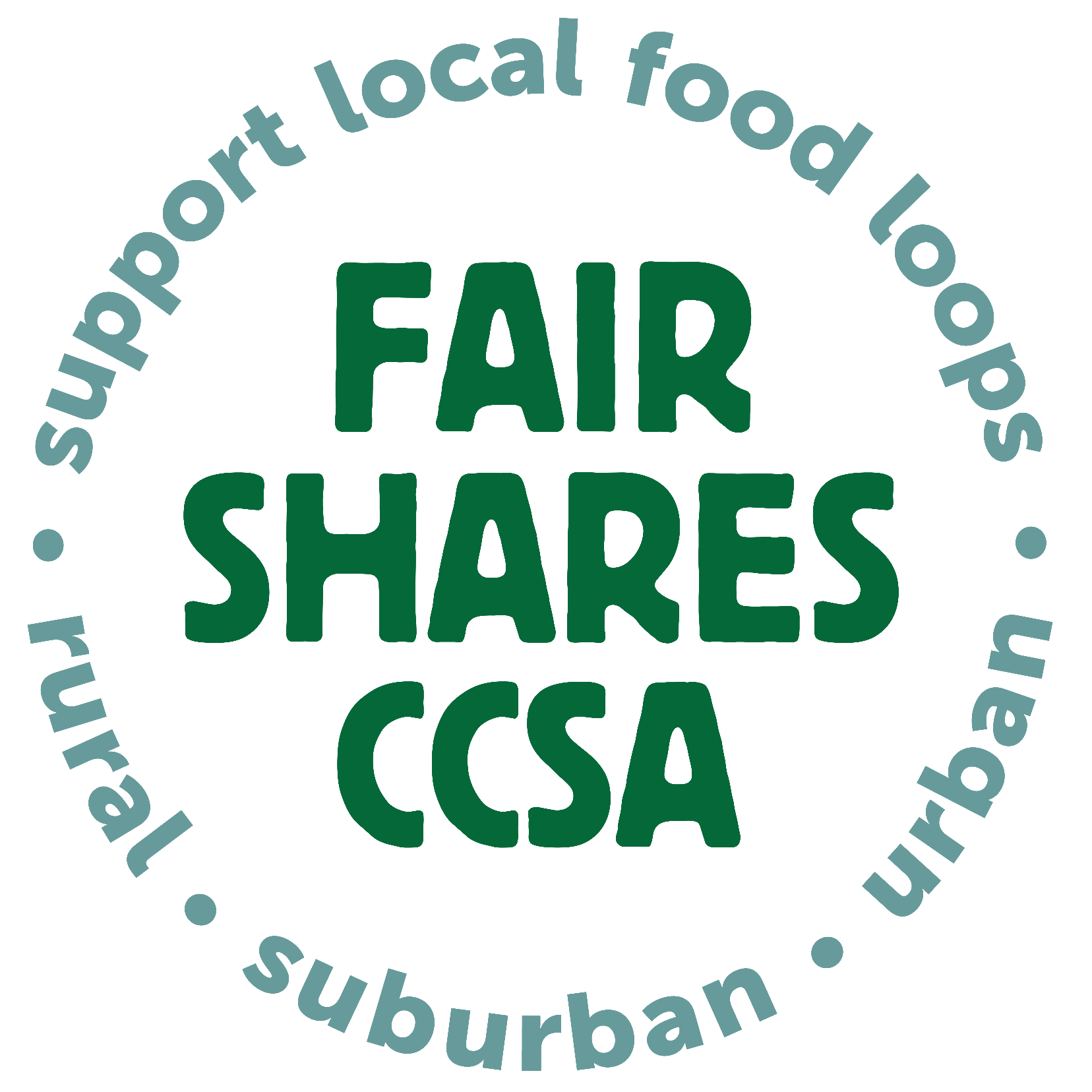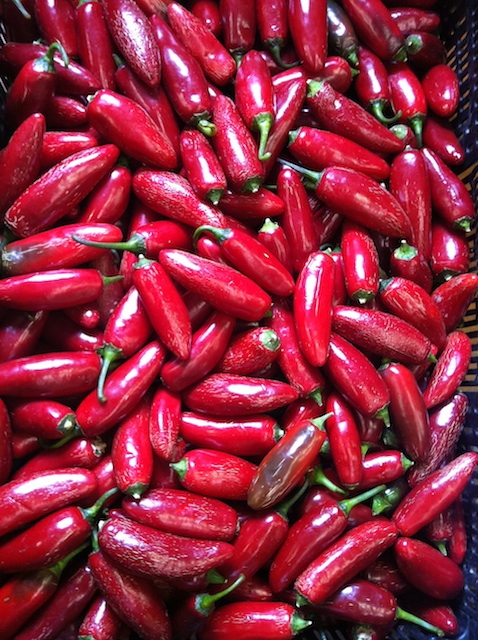Besides being a source of vitamins A, C, and K, hot peppers supposedly help burn fat deposits in the body. That alone gets me interested, but did you know that hot peppers are also believed to arrest the growth and division of cancer cells, act as an anti-inflammatory to help in the treatment of migraines, arthritis, and muscular pains, help fight colds, sinusitis, and bronchitis, improve blood circulation, have an anti-coagulant effect, be beneficial for stomach ailments, suppress appetite, combat depression, and in a dried state, kill bacteria and hasten the healing process? Sounds like the next wonder drug, right? Here are some suggestions on how to handle, eat and preserve those hot peppers.
Handling Hot Peppers
Although I love eating hot peppers, I’m not a huge fan of handling them, as it seems I always inadvertently touch my eyeball or get some excruciatingly hot bit in my mouth, rendering the remainder of the day ruined. Apparently there is a brilliant invention called rubber gloves that purportedly reduce the risk of these hot pepper predicaments. Unfortunately I never remember this trick until after the fact; then I am temporarily inclined to limit my hot pepper consumption to pimientos de padron, which require no handling before cooking and eating, or to whatever someone else is willing to handle for me. Thankfully, we’re programmed to forget so that soon enough I am back to poking hot-pepper fingers in my eye again.
Eating Hot Peppers Fresh
Making salsa and hot pepper poppers are the most obvious and popular methods for eating fresh hot peppers, and a few websites with recipes follow. Remember that it’s the veins in hot peppers that carry the heat, so removing them will help if you can’t take it that hot.
Salsa Recipes
Here’s a basic salsa recipe from our website.
This is a Green Tomato salsa recipe from Farmgirl Fare.
Popper Recipes
Here is a Halloween inspired popper finger recipe.
For a little New Orleans flare, perhaps you’d like Emeril’s Popper recipe.
Here is a link to a mess of popper recipes.
Peanut Butter Stuffed Jalapenos. WHAT? Is it Christmas already?
Processing/Preserving Hot Peppers
There are many ways to preserve peppers for later (or sooner) use, such as making a hot sauce, drying them, freezing them or canning them.
From sriracha to jalapeno relish, most hot sauce recipes call for vinegar, which helps preserve them. This is also usually the start to canning them, and just about any fresh hot pepper sauce you use can be canned for longer shelf life.
Kevin processed 5 pounds of ripe (red) jalapenos by cutting them in half and drying them in the oven at 175F for about two days. Here’s the website with the process he used, if you want to make your own flakes or powder for the spice rack.
Freezing them is a good way to keep your options open for a later date because they can be used like fresh peppers in most recipes. Here’s a good site to tell you how. I am infinitely lazy, so I throw them whole into the freezer in a ziplock bag. This means I have the same problem in handling them at a later date. The texture is affected by the freezing, and I find them more appealing in cooked dishes once they are thawed.
Canning requires a bit of know how, but once you know how, it’s not rocket science. Peppers do have some requisite additions, since they are a low acid food, and you should make sure to use a good pickling recipe (i.e. vinegar), to get the required pH for safe canning.
No matter what kind of peppers your recipe calls for, you can probably make a pretty good rendition with the peppers you have available on hand, so don’t worry too much about it. Have fun and eat your hot peppers–it’s good for digestion!

